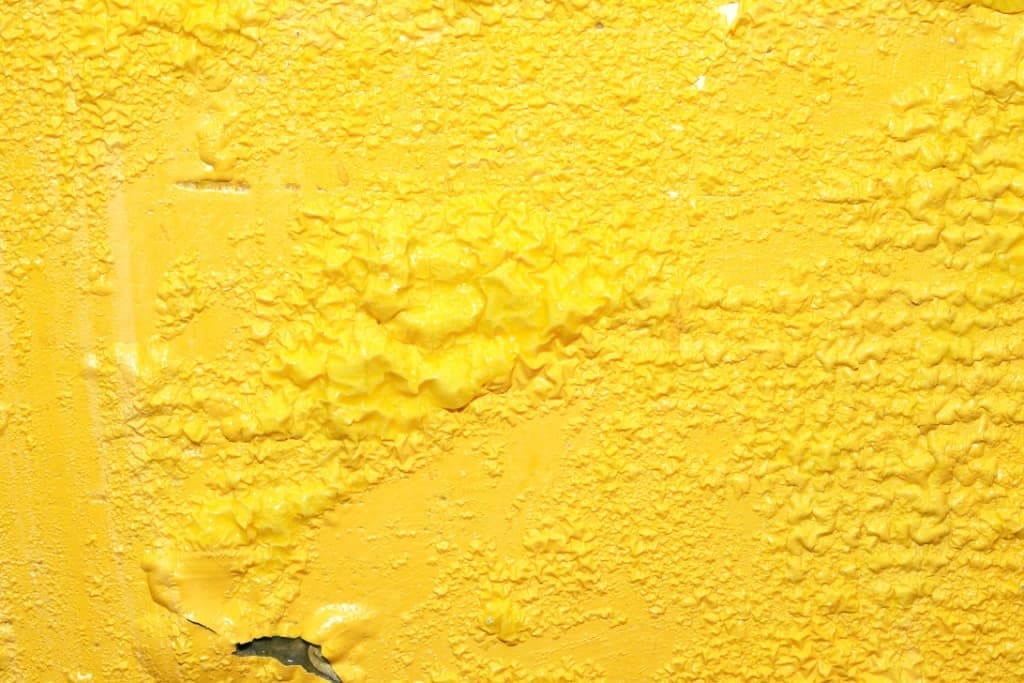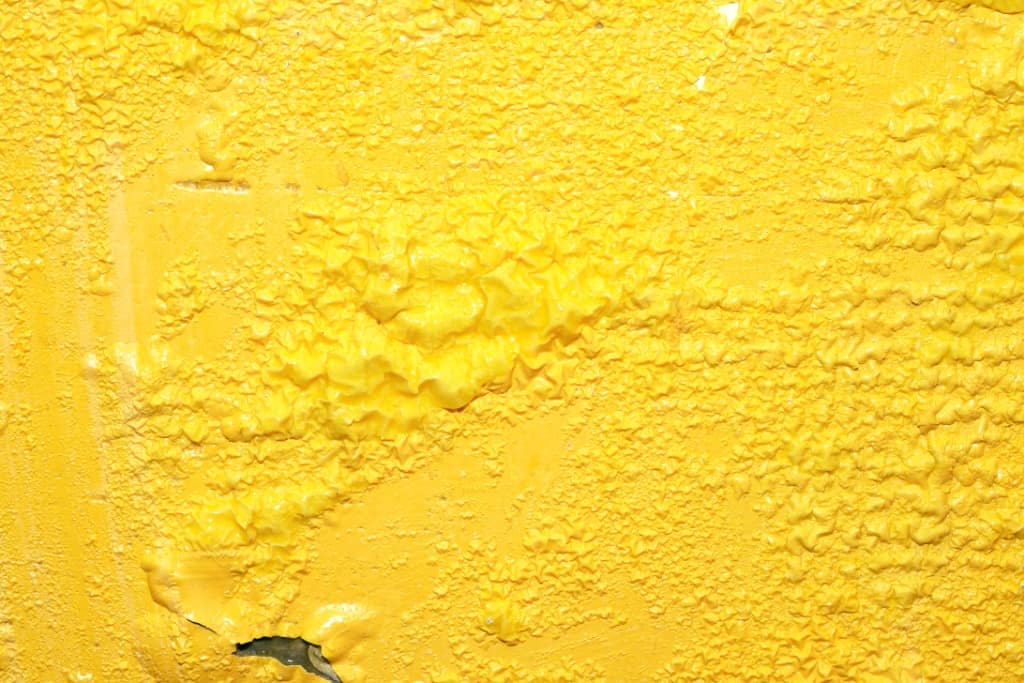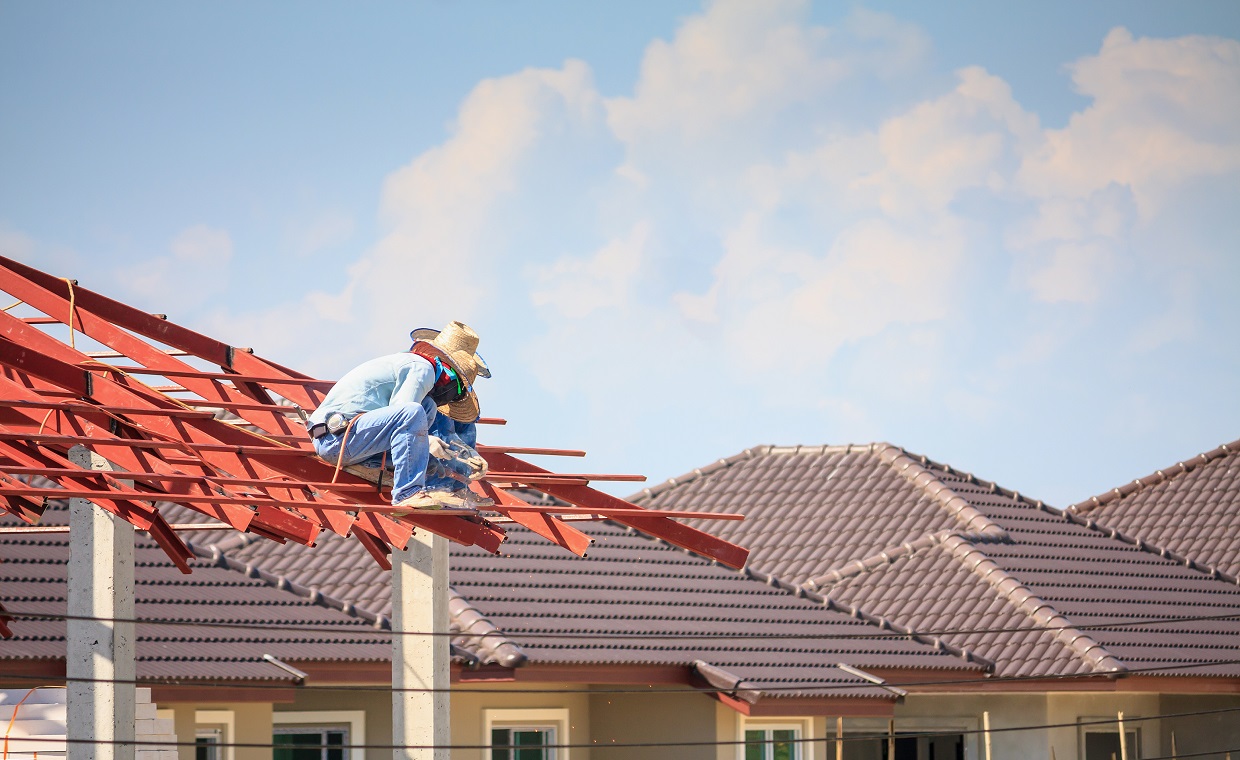
The decoration of your house is always incomplete without painting. It makes our house atmosphere more attractive, live and vibrant. It also given sense of completion. However, if proper care is not taken during painting work, it leads to various paint defects like chalking, patchiness, wrinkling, brush marks, etc. These paint defects arise due to faulty workmanship, poor quality of paint, etc. Paint sagging is amongst one of the most common defects observed after the paint application. It occurs on the exterior as well as interior surface of the house. So, before this paint defect ruins the beauty of your house, take certain precaution and exercise care to avoid sagging paint.

What is Paint Sagging?
When the paint drops downward after application on the surface it is called sagging. Paint sagging is more prominent if a thick layer of paint is applied on a vertical or inclined surface. Further, when the pigment gets separated from the paint and gets settled down at the bottom of the container, it will also cause paint sagging. We have already written an article on other causes of paint sagging recently.
In this article, we have written certain precautions and repairs to correct and avoid sagging paint
Avoid Sagging Paint
Precautions to Avoid Sagging Paint on Painted Surface
- Always clean the surface before the application of paint.
- Try to avoid painting in cool or humid conditions.
- Ensure good ventilation to prevent paint sagging.
- Give more time to dry the paint in cold weather.
- Follow label and directions for the appropriate spreading rate for the product. Remember, two coats of paint at the recommended thinner spread rate are better than one thick coat.
- Don’t overload your paint brush. Follow the proper technique to use paintbrush.
Tips for Fixing Paint Sagging
- If the paint is still wet, brush or roll out the excessive paint so that it is in harmony with the remaining paint coat.
- If the sagging paint has dried, sand the uneven area. Then reapply a new coat of paint.
- If the paint was applied on the glossy surface, lightly sand them with the sandpaper. Then start applying the new coat of paint.
Based on the above mentioned precautions, you can able to avoid sagging paint on the painted surface. Carefully apply the paint after reading manufactures instruction. If you follow then your painted surface of the house has the defect free life!
Also Read:
12 Qualities or Characteristics of Ideal Paint: Know Before Painting
All You Need to Know about Enamel Paints
































